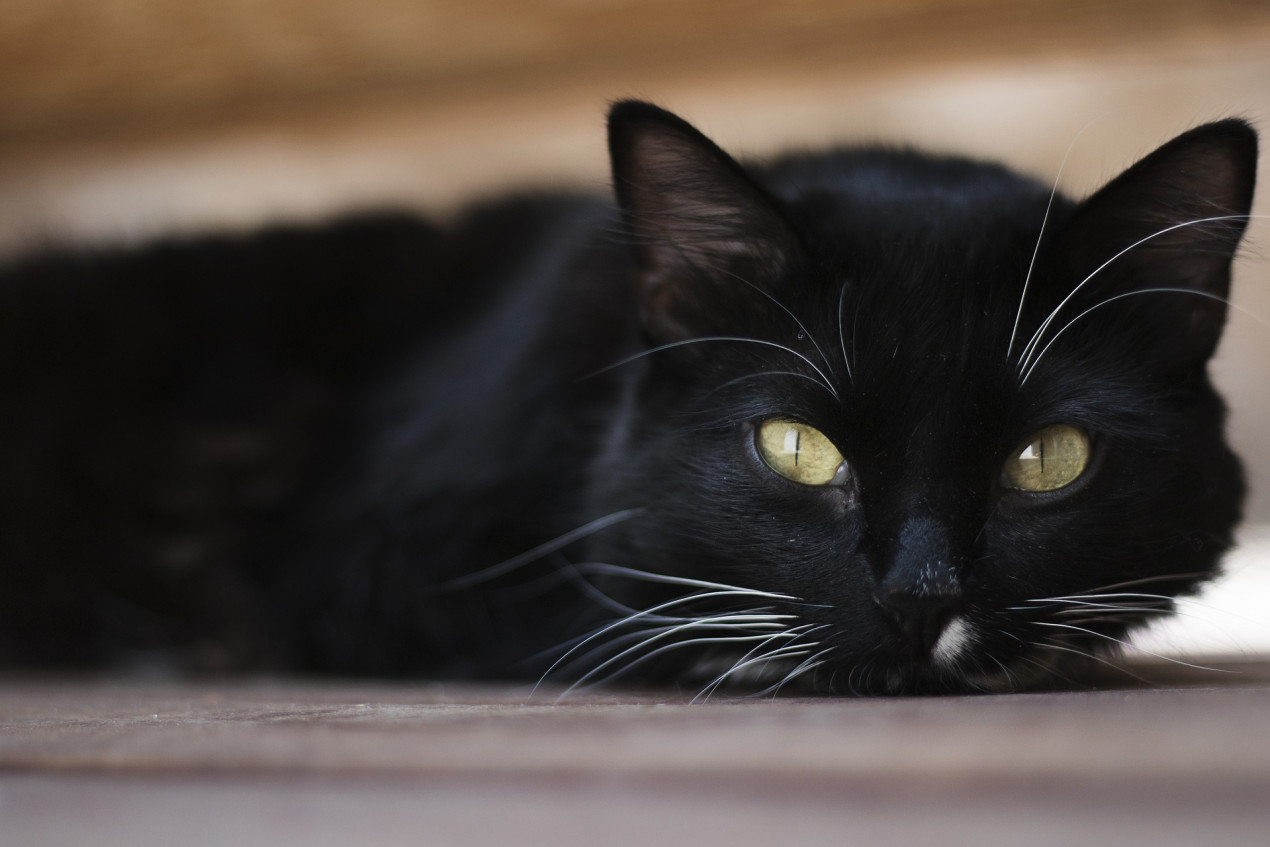Two-year-old Bella, a female spayed DSH, went missing for a whole two months before reappearing on her owner’s doorstep.
She returned in weak and emaciated condition, having lost more than 50% of her body weight.
It is assumed that that cat was trapped somewhere with a source of water but no food – she had even eaten her own collar in desperation.
Bella’s initial stabilization included boluses of fluids and a whole blood transfusion to treat shock and anaemia.
She was desperately hungry, trying to eat cat litter, her catheter bandage, and even the vet’s fingers.
However, refeeding was started initially at only 25% of daily RER, to try to avoid ‘refeeding syndrome’
This syndrome is reported relatively commonly in critical human patients being fed after a period of malnourishment.
The body’s metabolism changes dramatically during starvation to prevent protein and muscle breakdown.
Refeeding leads to a surge of insulin, which may result in severe electrolyte shifts including hypokalaemia, hypomagnesaemia and hypophosphataemia. These electrolyte shifts can cause severe clinical signs, and may even be fatal.
Despite all our precautions Bella did develop electrolyte swings. She was carefully monitored so that we could give appropriate supportive care and supplementation.
We continued very slow refeeding, building up gradually over the following seven days to give her full RER. Bella was in
Bella was in hospital for over two weeks, but has now been discharged and continues to do well at home.



